The India sub-continent is not content with the current trade levels between it and the 54 African economies; and it is not sitting pretty. It is taking the bold step of courting African countries in the best way it can.
At a India-Africa Project Partnership Conclave held last week in New Delhi, organised by the Confederation of Indian Industry (CII) and the India Exim Bank, one thing was clear: India is not wasting chances in linking up with business leaders in Africa and governments.
And this is working. Indian companies are more aggressively seeking for business opportunities that go beyond their government’s lines of credit. The CII on its part has initiated dialogue with financial institutions in Africa to support such companies with competitive credit facilities.
The Prime Minister of Cameroon Philemon Yang told the meeting that co-operation between India and the continent will help “create African tigers”. He said that his country is ready to partner with Indian investors and government in almost all sectors ranging from agriculture, pharmaceuticals, education, mining and infrastructure, to diplomacy.
Zambia’s vice president Guy Scott said: “strategic decision makers (in Africa) have come to terms with the fact that they will need to look ‘elsewhere’ for investments in areas such as infrastructure”.
Scott is of the opinion that African economies are yet to scratch the surface in exploiting their potentials. This, he said, may be the reason why they have the world’s highest returns on foreign direct investments.
“They have huge potential. Kenya, for instance, is rich as a tourist destination... yet African countries are not making it to the top 10 tourist destinations in the world,” he said.
India’s style of doing business with Africa is multi-pronged and has gained momentum; it aims at increasing trade volumes and investment, alongside developmental activities.
“We want to trade (with Africa) based on non-interference in internal affairs, mutual benefit, equality... and respect for sovereignty,” said Adi Godrej, the CII president.
Besides government-to-government links, he said, African governments must also support the private sector by creating favourable business environments. They must invest in new capabilities such as infrastructure and trade finance; they must look at policies and their institutions to significantly improve trade.
India – a $1.85 trillion economy, spread across its 28 states – is seeking to ride on its strong historical relations with many African countries, to spur further cross-continental partnerships. The populous nation has about 1.2 billion people, slightly higher than Africa's estimated one billion.
There is much in it for India in improved bilateral relations as there is for select African countries.
As a whole, Africa exports more to India ($43 billion worth of trade in 2011) than it imports ($23 billion). The India-Africa trade is currently concentrated on commodities and low-end manufacturing.
Only four African countries though – Nigeria, Angola, Algeria and South Africa – have trade surpluses with India and account for 68.6 per cent of the total Africa-India trade.
Of India’s top 10 trading partners in Africa, seven export oil to it. The sub-continent has huge energy deficits, importing about 80 per cent of crude oil it needs, with African crude exporters supplying 20 per cent of these.
Its diamond-cutting industry – arguably the world’s largest – gets supplies of rough diamond from Africa; and it is also taking away gold, platinum, uranium, manganese and copper for its industries.
Uganda, Tanzania and Niger are key suppliers of uranium for its nuclear power generation.
East Africa however, despite its far deeper cultural and historical relations with India, is yet to exploit the two-way trade to its benefit and its economies have trade deficits with the Asian tiger.
This is likely to worsen in the future as India is now seeking “geographical diversification” of bilateral trade. It wants to deepen ties further with African economies that have had little or no shared cultural history – the likes of Sierra Leone and Ethiopia, which have small Indian communities – but present vast investment opportunities.
In fact, India is predicting a slowdown in non-oil and non-gold demand in its economy this year. Oil demand is nonetheless set to rise as it firms up its energy sufficiency. India mainly imports petroleum, metals, raw cotton, fruits and vegetables, precious stones, textile yarn and some chemicals among others.
Overall, it is Africa’s fourth largest trade partner after the EU, China and the US. It accounted for 5.2 per cent of Africa’s global trade in 2011.
According to Chandrajit Banerjee, the CII director general, India wants to push higher-end goods into African markets. This is because India’s two-way trade with several African economies is “way below potential”. Compared to its Asian rivals, this is understandable. China alone accounted for 16.9 per cent of Africa’s global trade in 2011, three times India’s.
“To sustain this growth over a longer period of time, Indian and African governments and industry would have to broaden the trade basket, even as India aims to increase the bilateral trade with each of the African economies,” Banerjee wrote in a New Delhi daily.
India has emerged as the largest exporter to Kenya, with the value of imports amounting to Sh194.3 billion in 2012. This is way ahead of its Asian rivals that it seeks to outrun in Africa, with value of imports from China to Kenya and from the United Arab Emirates amounting to Sh167.2 billion and Sh150 billion in the same period.
Preneet Kaur, the Minister of State for External Affairs, said India is working on modalities of increasing the two-way trade, with an emphasis on more value-addition in African economies as they industrialise.
The recent discoveries of oil and gas deposits across East Africa have not escaped India’s attention. It is however only a glimmer of hope that these just might boost the region’s exports to India once commercial exploitation gets under-way.
“India has the largest refinery in the world... it can process even the densest of crude. As the oil industry in East Africa grows, we will encourage both downstream and upstream investments, as well encourage setting up of oil refineries in the region,” said Ravi Bangar, a joint secretary at the Ministry of External Affairs.
He also disclosed that India is working on “more specific” preferential trade agreements with the EAC, apart from the blanket duty-free preferential tariff with Africa’s lowest developed countries.
India Lays Down Strategy to Broaden Trade With Africa





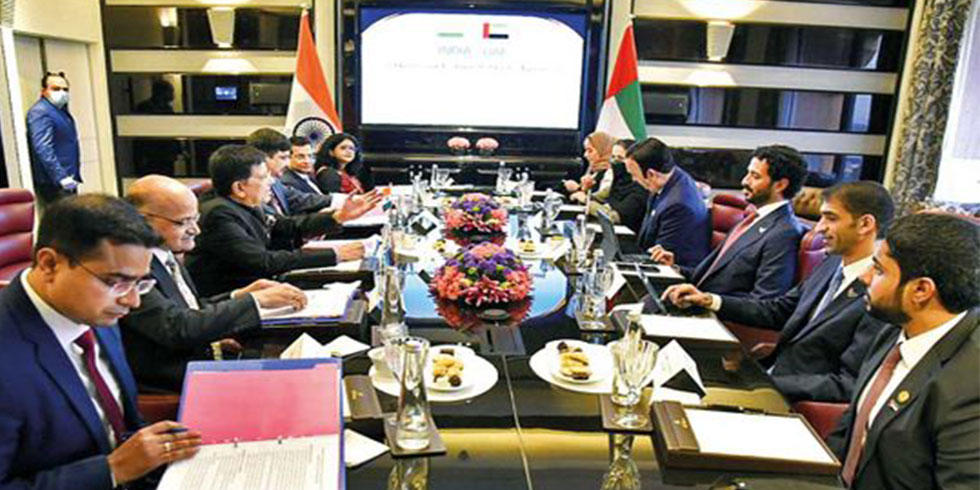
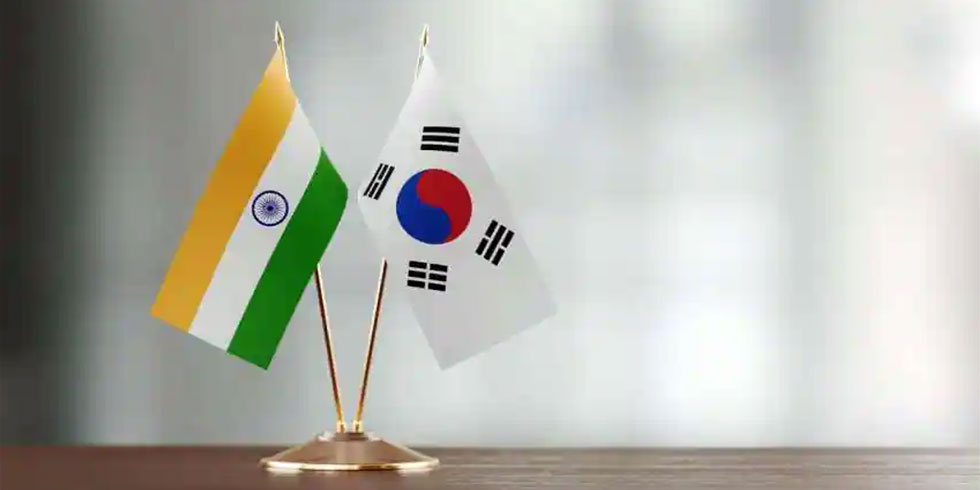
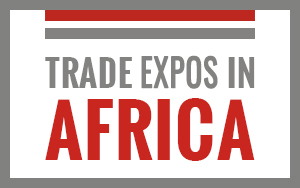


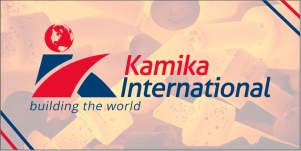



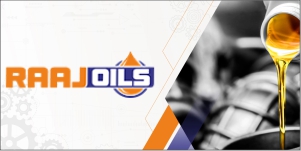
Add Comment